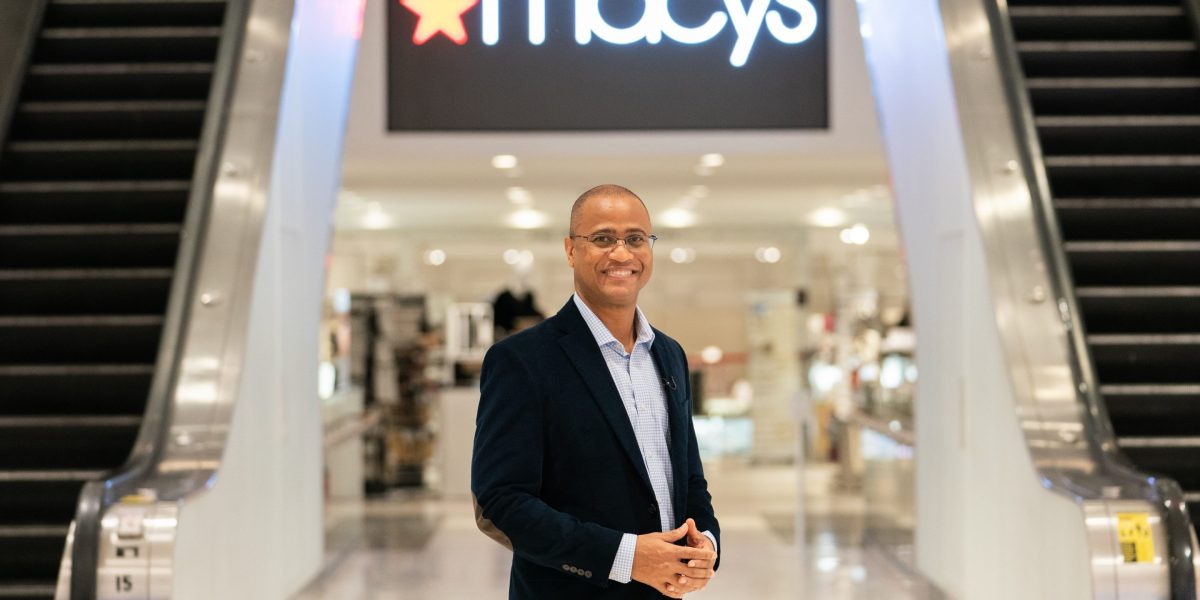
As Lemonade explores new ways to use artificial intelligence, the online home insurance provider is still determining which technology investments will create the efficiencies that lead to growth.
Lemonade posts double-digit revenue increases, but remains unprofitable, so “unit economics is key,” says Adina Eckstein, chief operating officer at Lemonade, while speaking at a recent Fortune COO virtual event. By investing in AI and creating a “superhuman” workforce, Eckstein says she can maintain more stable spending on operating expenses, while still growing sales.
The AI push is “largely going to be divvied up into people that are kind of scared of it or don’t embrace it, and those that do,” says Eckstein, who adds that as COO and chief people officer, she is thinking about what work can be handed off to AI systems, how such investments in technology will change tasks that people are asked to do in the future, and what investments need to be made to teach staff about their changing roles and responsibilities.
The COOs that joined Eckstein for a roundtable discussion broadly agreed they are embracing generative AI to unlock efficiency gains. But they are also wary of how much the technology will cost and what the impact will be to their workforce.
“It creates fear,” says Sebastian Burzacchi, COO at Alignment Health, a Medicare Advantage provider. “How do you keep people motivated? How do you keep the culture intact? And how do you keep the culture intact and your brand strong when you are shifting deep, personal connections and you are shifting that towards automation?”
Like Eckstein, quite a few COOs on the call wear two hats at their company, including Adrian Mitchell, COO and chief financial officer at department-store chain Macy’s. Mitchell says as COO, he sees investments in AI as helping better predict demand and run operations—at times providing insights that are highly counterintuitive—but can also unlock sales and margin growth if deployed properly.
“At the center of all of this is really a lot of strategic and capital allocation decisions with the CEO and with the CFO,” says Mitchell. “And so what I’m seeing is the operations team that has to lean into a lot of these innovations and are really having a seat at the table in terms of setting the strategy agenda for the enterprise.”
Kirsty Roth also holds two roles at Thomson Reuters, which sells tools to tax and legal professionals and operates Reuters News. As chief operations and technology officer, Roth is steering the company’s generative AI pilots and product offerings, including enhancements to services sold to clients and internal projects to support employees. There is “a lot more to do there as we sort of continue to balance the cost equation,” says Roth.
At Etsy, Chief Operating and Marketing Officer Raina Moskowitz says she’s exploring ways to use AI to make the company more efficient internally, while also helping serve the 90 million buyers and more than 7 million sellers on the e-commerce site. With all those stakeholders in mind, Moskowitz says Etsy needs to not only consider the gains that AI can offer, but also evolve how it sets goals and how it measures success.
“What are you incentivizing and rewarding in your talent?” asks Moskowitz. “It’s a really important moment to think about how you know how the company is operating internally to make sure you’re meeting the moment and recognizing when that needs to shift and change as well.”
Earlier this year, Etsy unveiled an AI feature called “Gift Mode,” allowing users to input a few details about the person they are shopping for and match with gift suggestions from Etsy’s machine-learning technology. “Our merchandising teams are training those models to identify the best of Etsy,” says Moskowitz. “It’s allowing us to serve even more of our 120 million listings.”
US Bank, based in Minneapolis, is similarly making investments in AI to make work easier for employees. In the customer service call center, the bank is testing AI tools to automate transcription and call summaries.
“We all know a happy employee that’s more efficient is going to provide better customer satisfaction and better results with our clients,” says Souheil Badran, US Bank’s COO.

